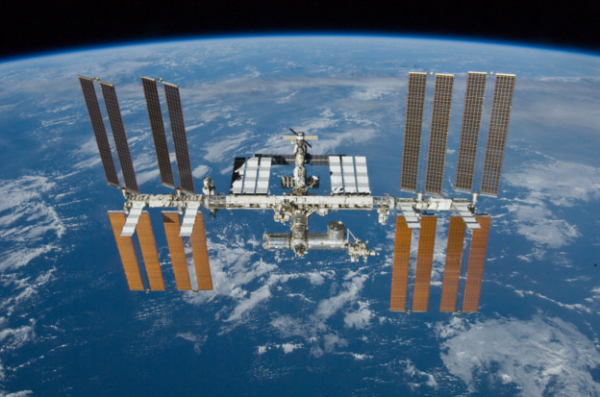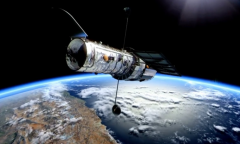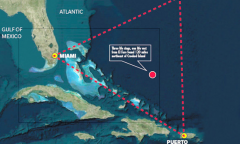By Jayson Boral, | March 21, 2016

The Cygnus aircraft is scheduled to deliver its second cargo shipment to the International Space Station or ISS this Tuesday.
The Cygnus aircraft is scheduled to deliver its second cargo shipment to the International Space Station or ISS this Tuesday.
Reportedly, according to Tech Crunch, the cargo shipment is toting some very interesting items for those aboard the station.
Like Us on Facebook
It will be shipping 7,500 lbs of essential equipment, including vehicle hardware, crew supplies, instruments and experiments, and-most excitingly-an all new 3D printing facility.
Reportedly, the printer would be used to print parts of the space aircraft that astronauts would be needing in the course of their stay in space. According to the makers of the printer, who is based in California, the upcoming shipment would be carrying the second 3D printer to reach space.
"The printer that's already up there is basically a prototype, it was just meant to see if the process will work. The second printer will be able to print with multiple materials, has about eight times the print volume and can print faster with higher resolution" explained by Brad Kohlenberf of Made in Space, manufacturer of the 3D printer.
According to reports, the 3D printer would manufacture objects inside the orbit.
Moreover, another interesting cargo shipment that the Cygnus aircraft will also be administrating during the upcoming launch includes NASA's spacecraft fire experiment, also known as Saffire.
According to New Scientist, the experiment is expected to take place after the Cygnus aircraft unloads its cargo on the ISS. It would be then stuffed with waste. On its way back to the Earth's orbit, researchers would remotely start a fire inside a meter long box inside the spacecraft. It is said to be the largest man-made fire created in space.
Gary Ruff, an aerospace engineer at NASA's Glenn Research Center explained the relevance of the experiment that NASA is about to take part in. According to Ruff, research surrounding fire in space in this scale would provide a better understanding of how the unpredictable substance reacts in an unpredictable environment.
"Understanding fire in space has been the focus of many experiments over the years, Although small, centimeter-sized fires have been lit in space before, to really understand fire, you've got to look at a more realistic size" quipped Ruff.
-
Use of Coronavirus Pandemic Drones Raises Privacy Concerns: Drones Spread Fear, Local Officials Say

-
Coronavirus Hampers The Delivery Of Lockheed Martin F-35 Stealth Fighters For 2020

-
Instagram Speeds Up Plans to Add Account Memorialization Feature Due to COVID-19 Deaths

-
NASA: Perseverance Plans to Bring 'Mars Rock' to Earth in 2031

-
600 Dead And 3,000 In The Hospital as Iranians Believed Drinking High-Concentrations of Alcohol Can Cure The Coronavirus

-
600 Dead And 3,000 In The Hospital as Iranians Believed Drinking High-Concentrations of Alcohol Can Cure The Coronavirus

-
COVID-19: Doctors, Nurses Use Virtual Reality to Learn New Skills in Treating Coronavirus Patients













